ALL Gloves

| 06 June 2022
Work gloves shouldn’t be complicated. So what does PU, FN, LC etc mean?
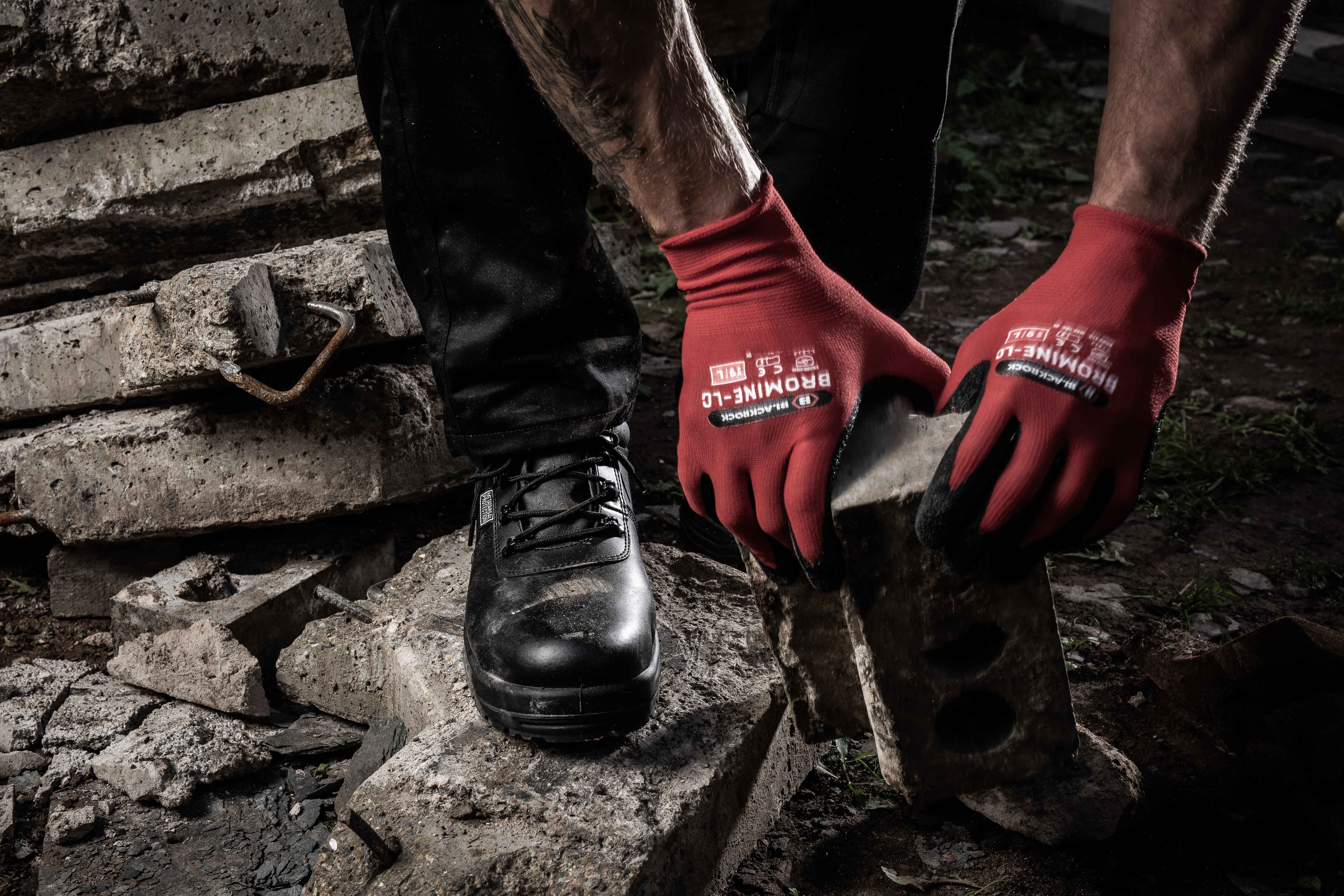
Work gloves shouldn’t be complicated.
All you want to do is pull them off the shelf, put them on, and away you go.
But there are loads to choose from and they’re all called funny names.
And not like the funny names you see in Lidl like Snackers and Prongles.
When you see abbreviations like PU and FN it would help if you knew what they meant.
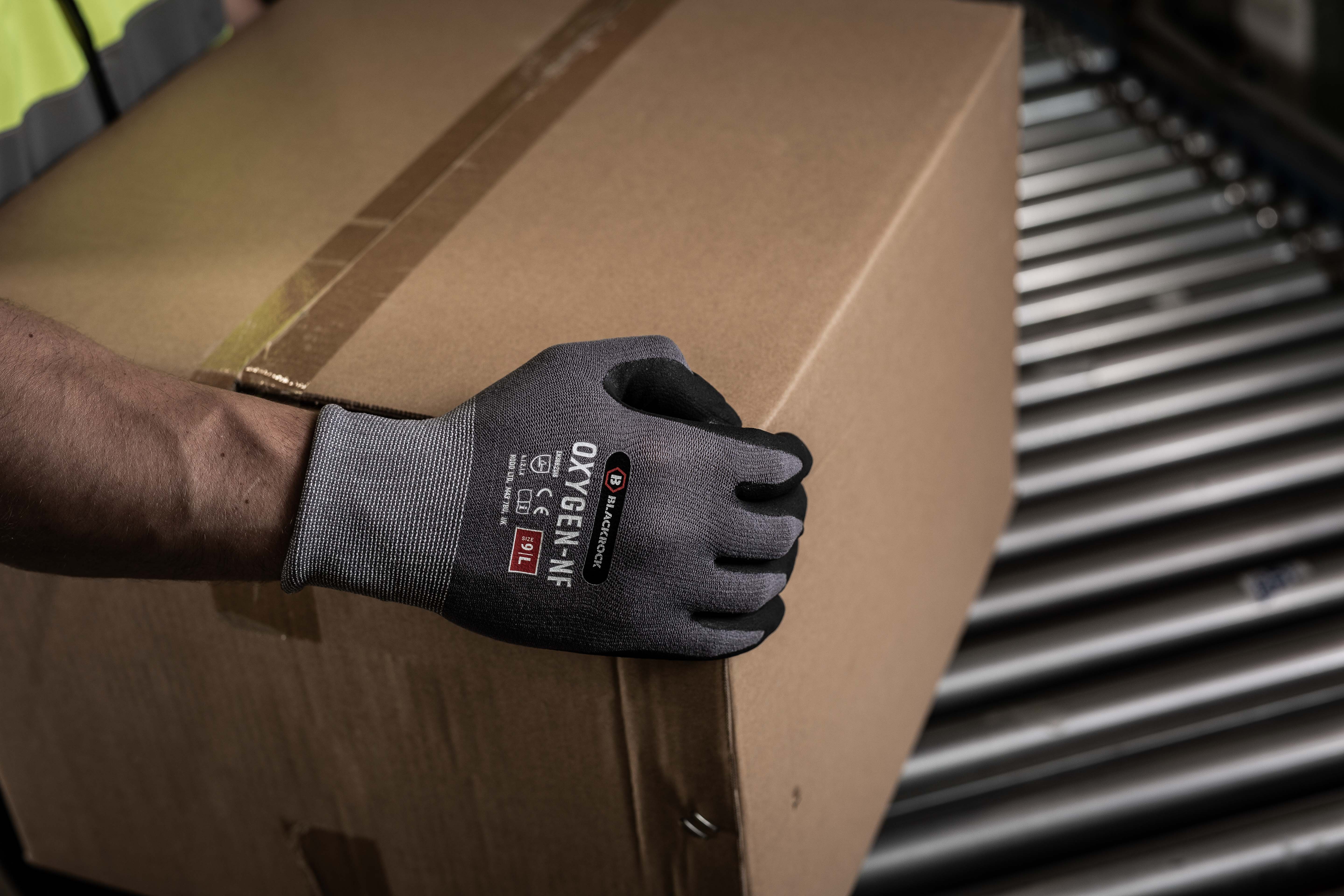
Work gloves can have very specific uses.
Fundamentally designed to prevent injury, work gloves can also enhance performance.
For example, you can find cut-resistant gloves in our range as well as gripper gloves.
One you would use for sorting glass in a recycling centre, the other is better for lifting boxes. No prizes for guessing which!
But when it comes to choosing between two cut-resistant gloves with the same cut level, it’s not such an obvious decision.
So, you want to make sure you’re buying the right gloves for work or the right gloves for your customers.
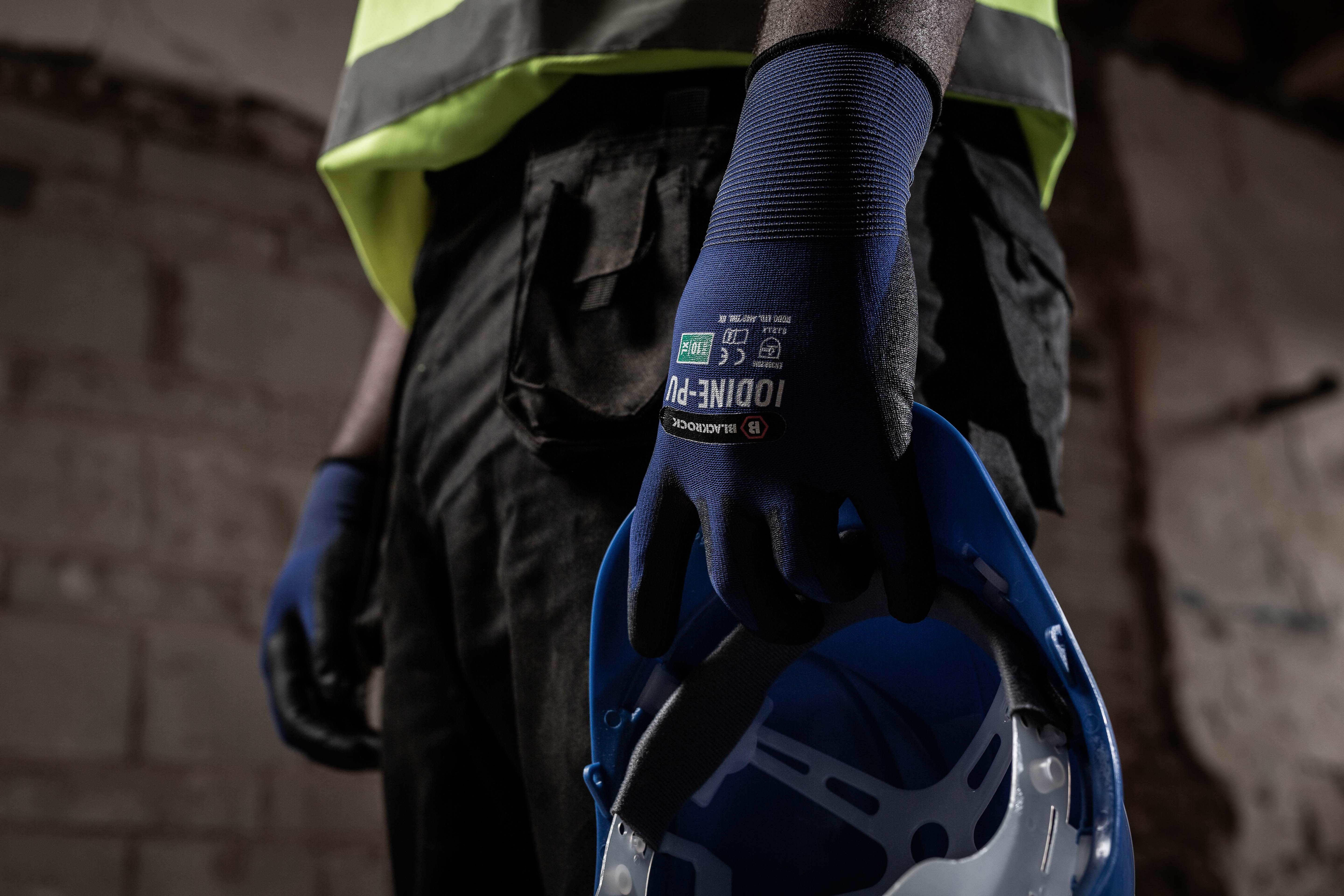
As you’re reading an article on our website, we’ll concentrate on the glove names in our range.
The two-letter abbreviation next to a glove refers to what coating the glove palm and fingers have on them.
Different coatings have different benefits to the wearer; generally speaking, they improve grip.
So, what abbreviations are there in our range and what do they do?
PU – Polyurethane coating
For good dry grip
NF – Nitrile Foam
Outstanding oily grip with excellent wet and dry grip.
NS – Sandy Nitrile
For excellent oily and dry grip
LC – Latex crinkle
Excellent dry and wet grip
LS – Sandy Latex
Excellent wet and dry grip
FN –Flat Nitrile
For excellent dry grip
Looking at the above you can see different coatings add certain qualities to a glove.
And where they look similar such as LC and LS it comes down to what you prefer.
What makes the greatest difference is the type of coating used.
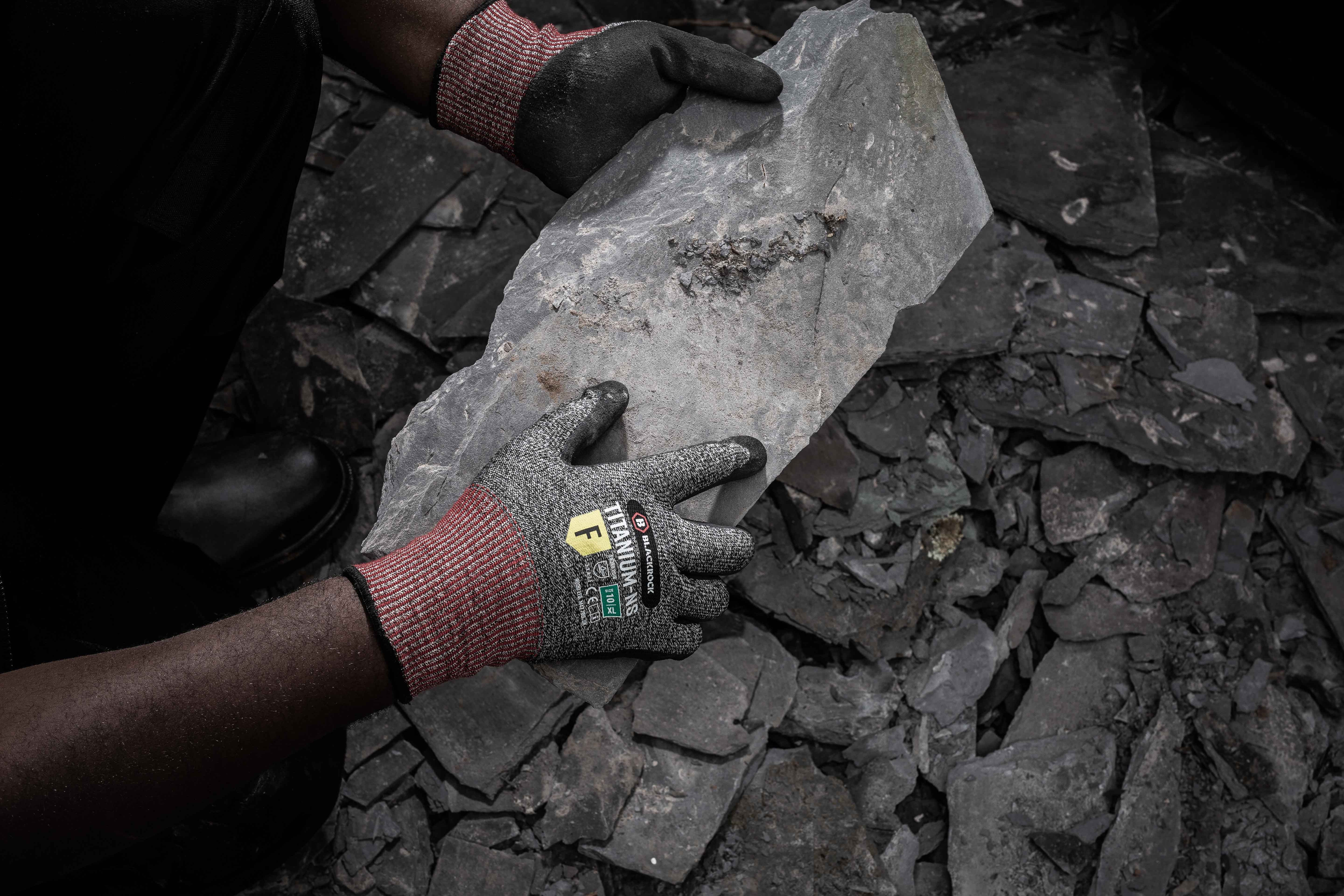
There are three main work glove coatings:
Polyurethane Coated Gloves
These are for your more ‘value range’ work gloves.
They’ll give you excellent dexterity and they’re breathable, so your hands won’t overheat.
A popular glove in warehousing or jobs that have a lot of handling because of its high grip levels.
Latex Coated Gloves
A preferred choice if you’re handling abrasive objects because of its tear and cut resistance.
Latex-coated gloves are popular in construction and glass manufacturing. A good fit for wet and dry environments too.
If you’re working around hydrocarbons, organic solvents and naked flames stay clear. You’ll be better off using nitrile gloves.
Nitrile Coated Gloves
An alternative to latex and arguably the best work glove coating.
Nitrile-coated gloves have outstanding oily grip and are more puncture resistant than rubber but not as durable.
Don’t use around abrasives because of the durability, but in wet, dry, and oily conditions it should be your go-to.
Like polyurethane, it’s breathable so your hands won’t overheat.
As with most other PPE, choosing the correct equipment for your job is very important.
On one hand (pardon the pun), PPE will help protect you and improve your performance.
On the other, if you choose the wrong gloves, it can cut performance.
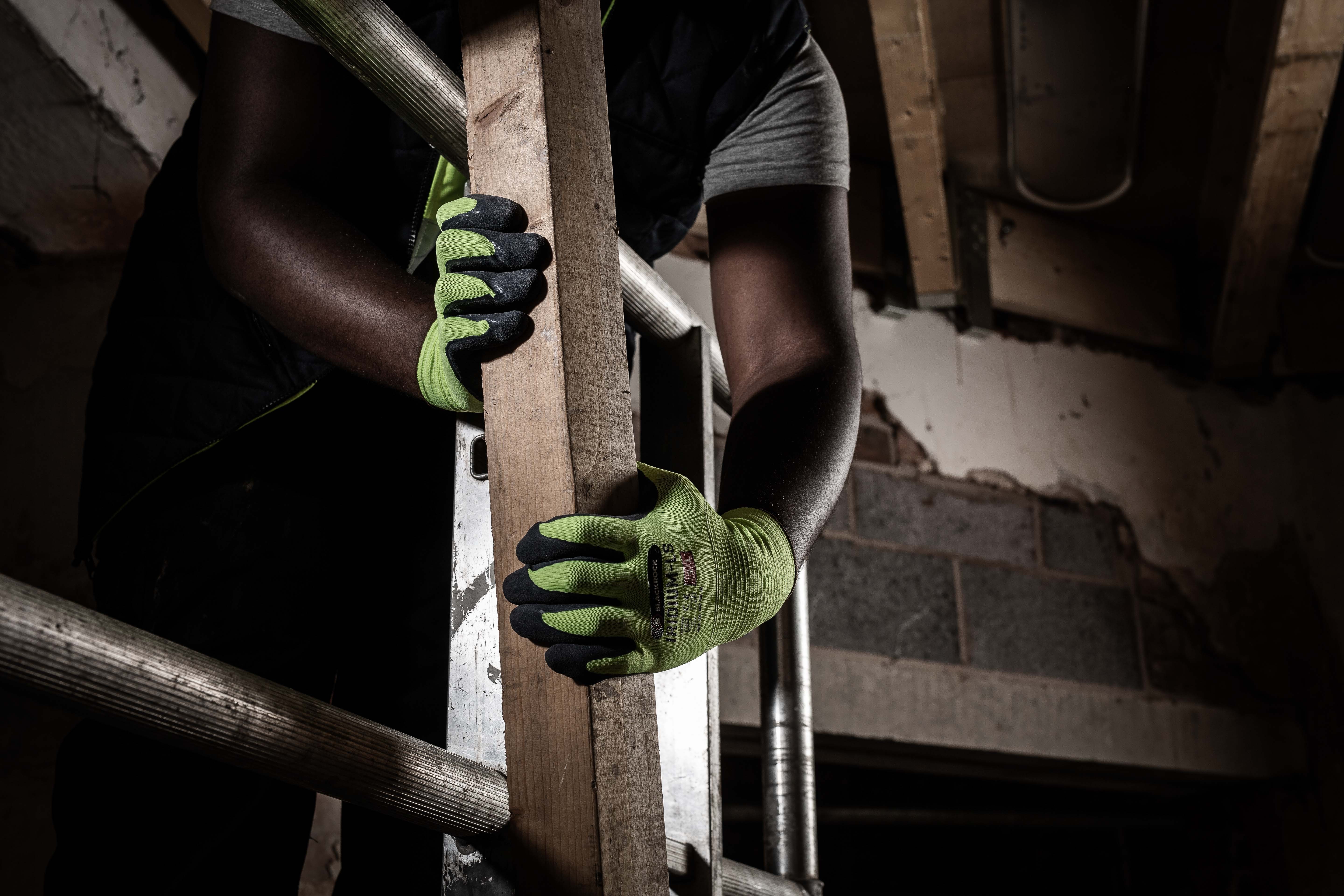
Each glove’s coating is designed for specific roles and industries.
If you take Latex Coated (LC) gloves as an example.
They’re great at what they do.
But if you’re handling smaller objects, like a mechanic, you’ll probably want to look elsewhere.
Why? You lose some dexterity.
If you’re working with fiddly objects, Nitrile Foam (NF) or Sandy Nitrile (NS) coating are more appropriate.
They’re grippy enough to help you do your job and you won’t lose dexterity.
Alternatively, a Polyurethane (PU) coating is better in warehousing because it’s mega grippy when dry.
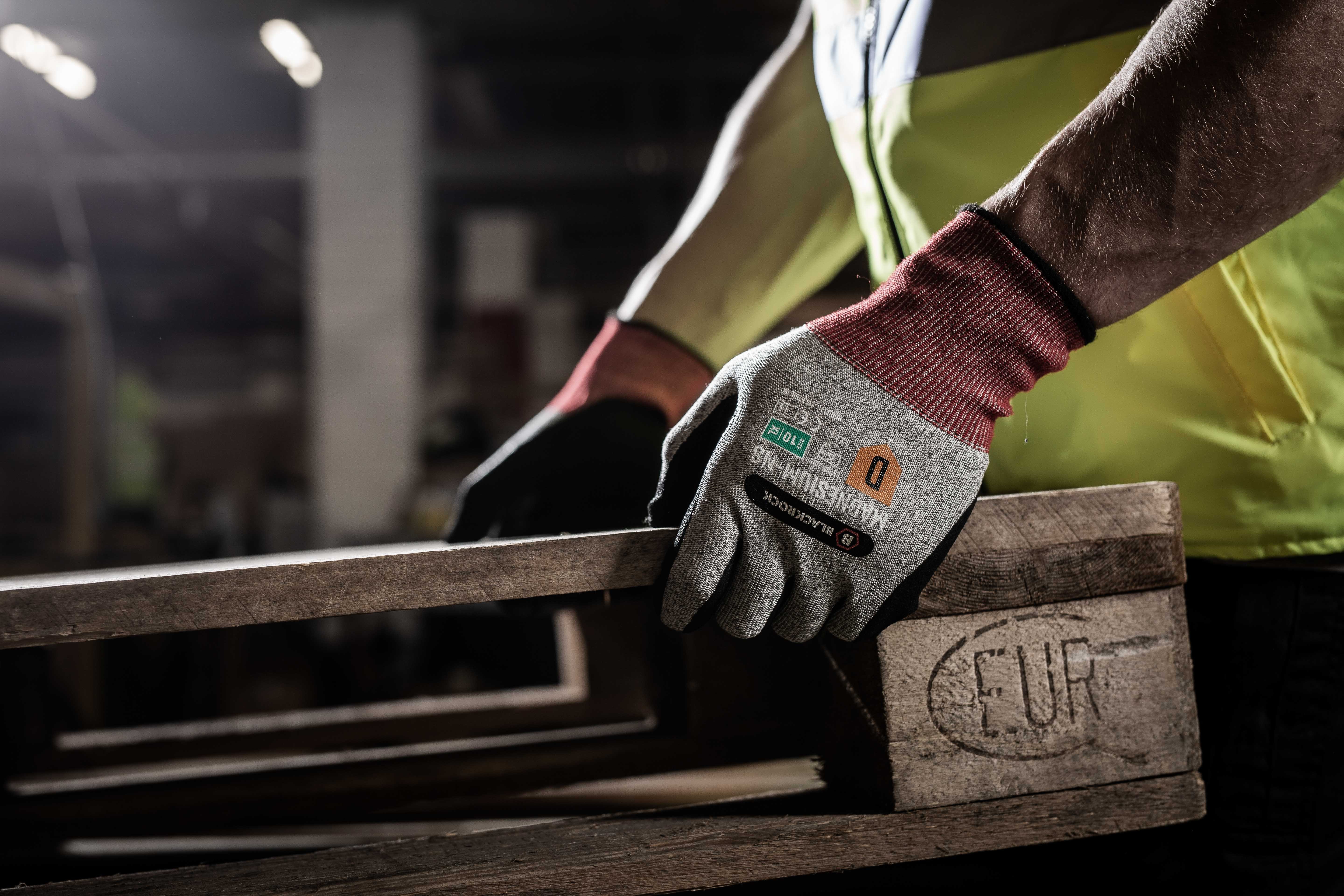
There’s a little bit more to gloves than you might think.
So, when you’re at a stage where you’re adding gloves to your PPE, think about what it is you or your workforce need from them.
Each glove in our range has its features and benefits in the description. Alternatively, our hex-ratings give a rapid visual aid, so you know what each glove is best at.
Our cut-resistant glove range uses all three coating types. Have a scroll through to see which is the best for you.
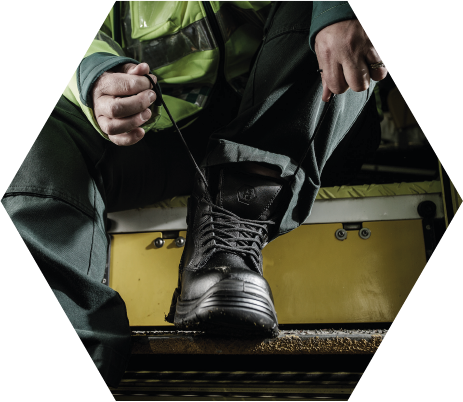
Editorial | 20 December 2021
Over the last year you may have seen the phrase ‘tactical footwear’ mentioned by us. But what is tactical footwear?
READ POST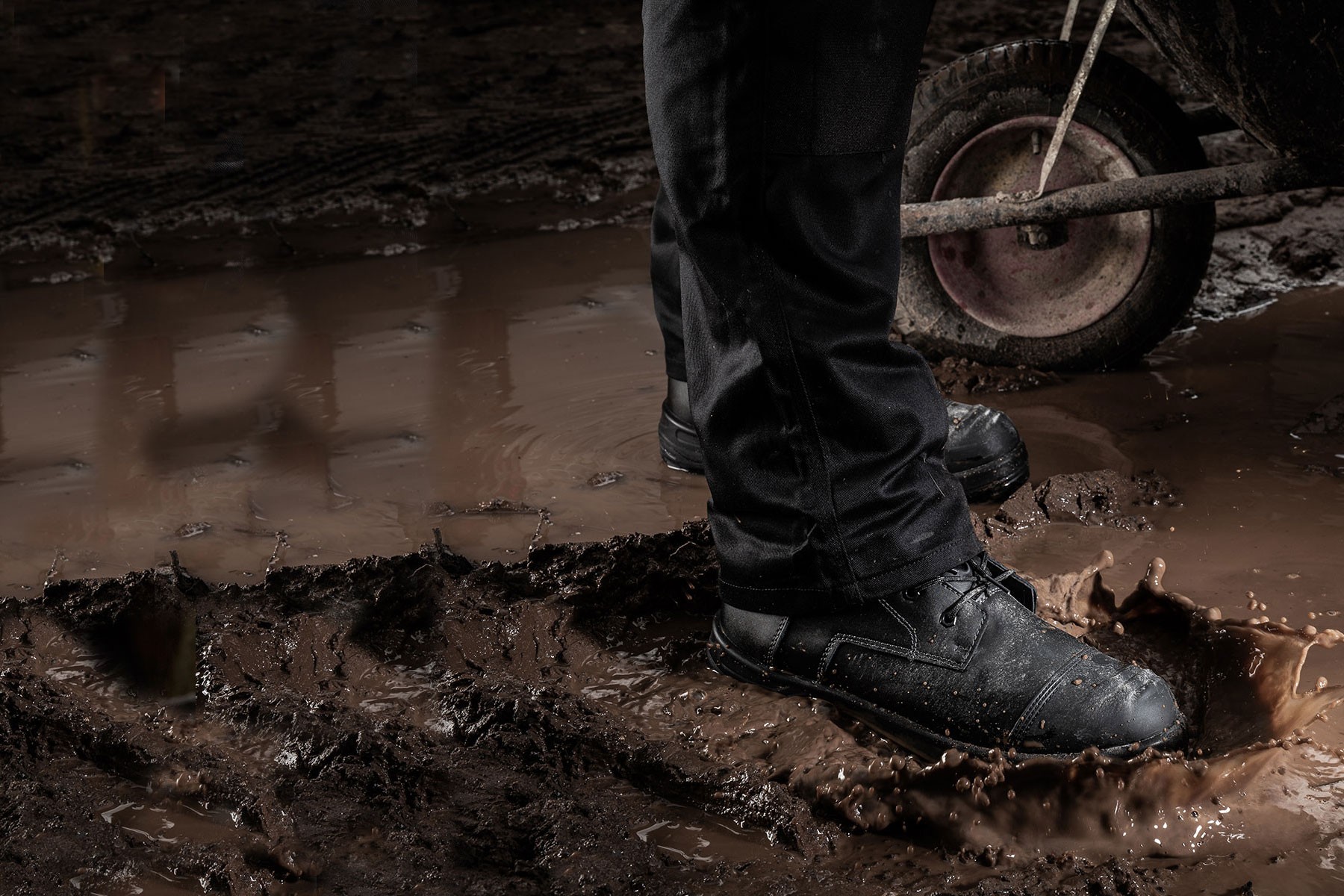
| 24 April 2024
Some simple and effective ways of checking your safety footwear is still fit for purpose.
READ POST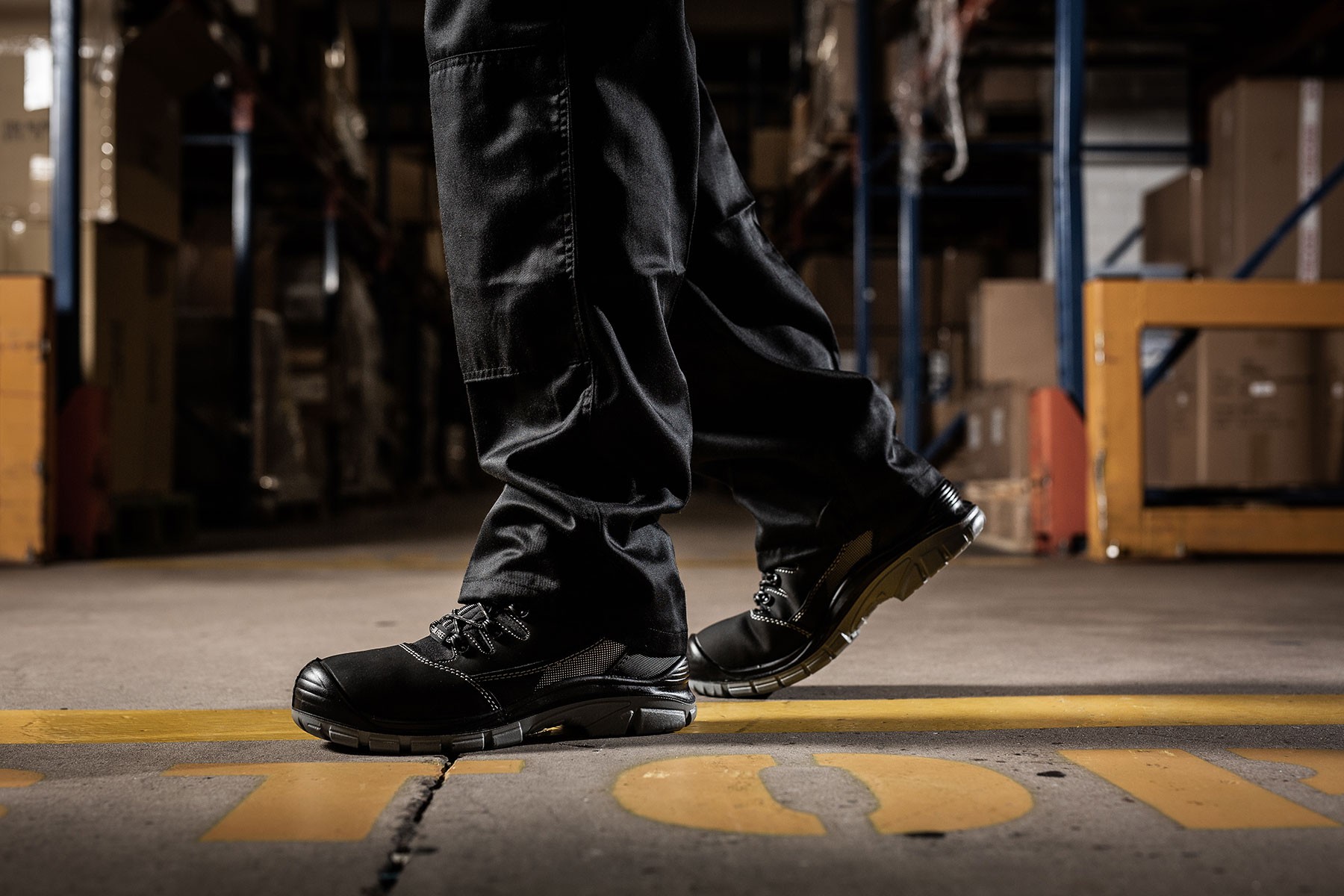
| 29 January 2024
Having appropriate and legitimate safety footwear is more important than ever.
READ POST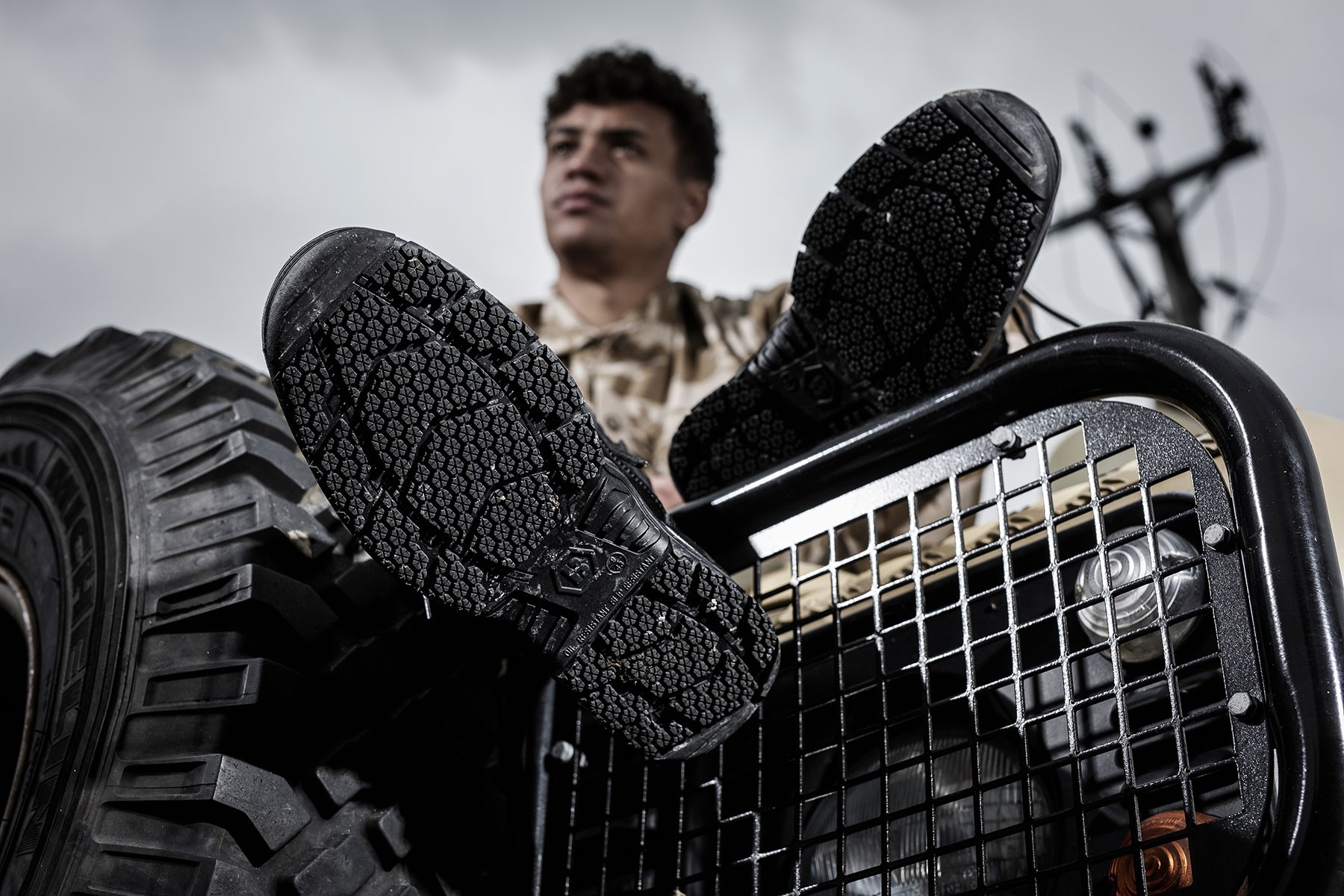
| 17 August 2023
Here's a brief overview on the latest update of safety footwear standards.
READ POST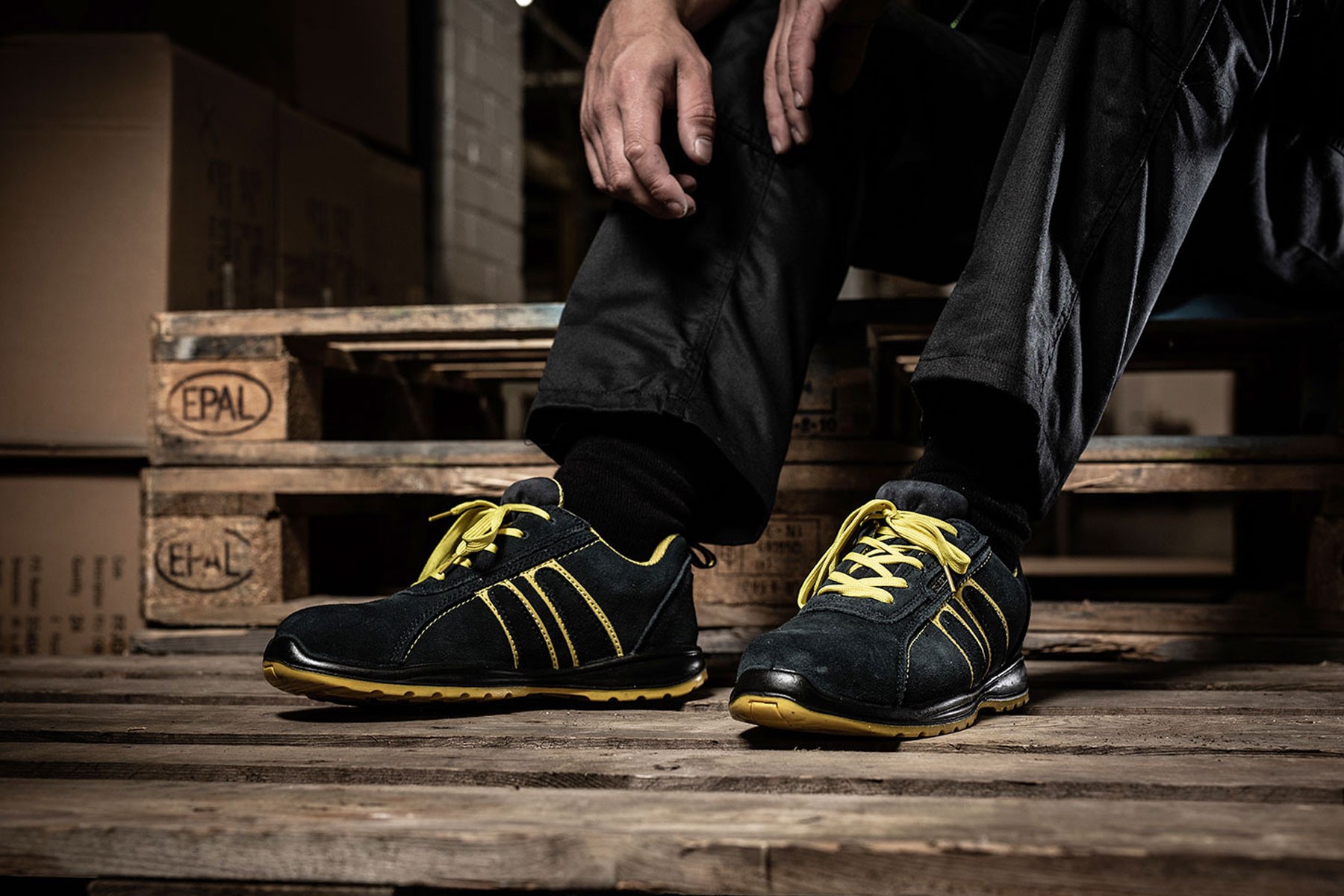
| 25 July 2023
With safety trainers, having to sacrifice style for the sake of safety is no longer a requirement.
READ POST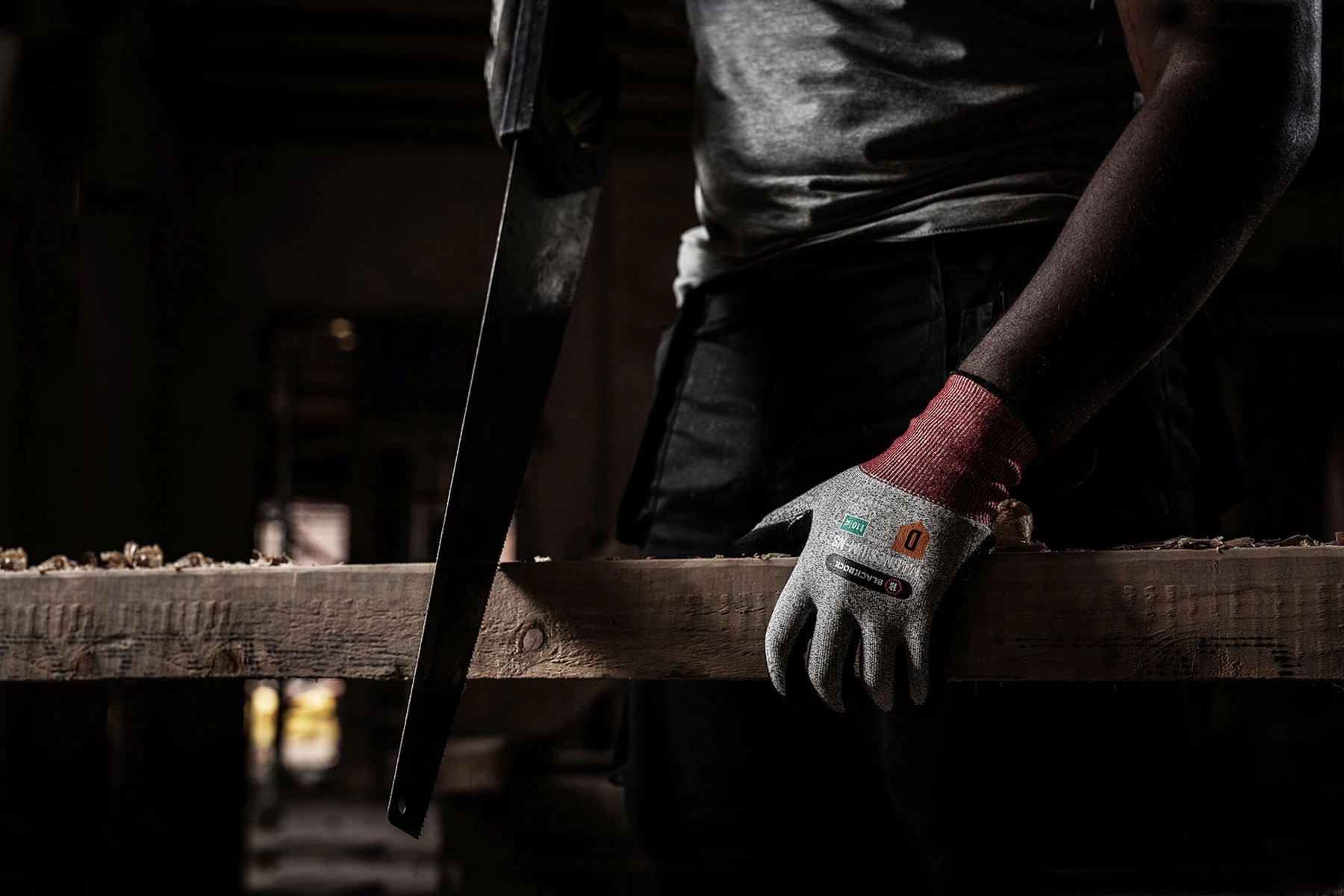
| 12 May 2023
We look at some of the misconceptions surrounding cut resistant gloves and the correct way they should be used.
READ POST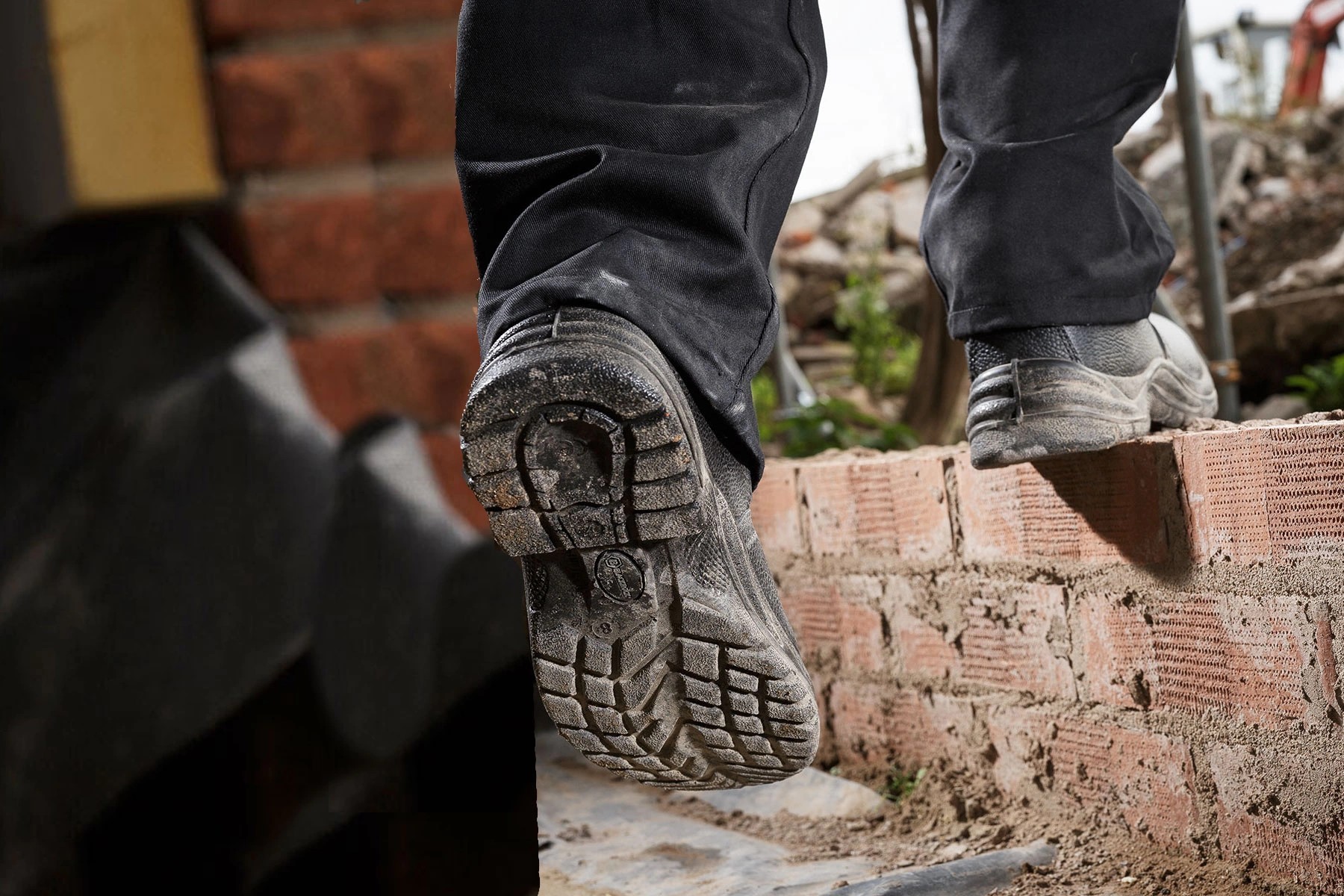
| 05 April 2023
We answer some of those questions you may have been faced with when having to choose safety footwear.
READ POST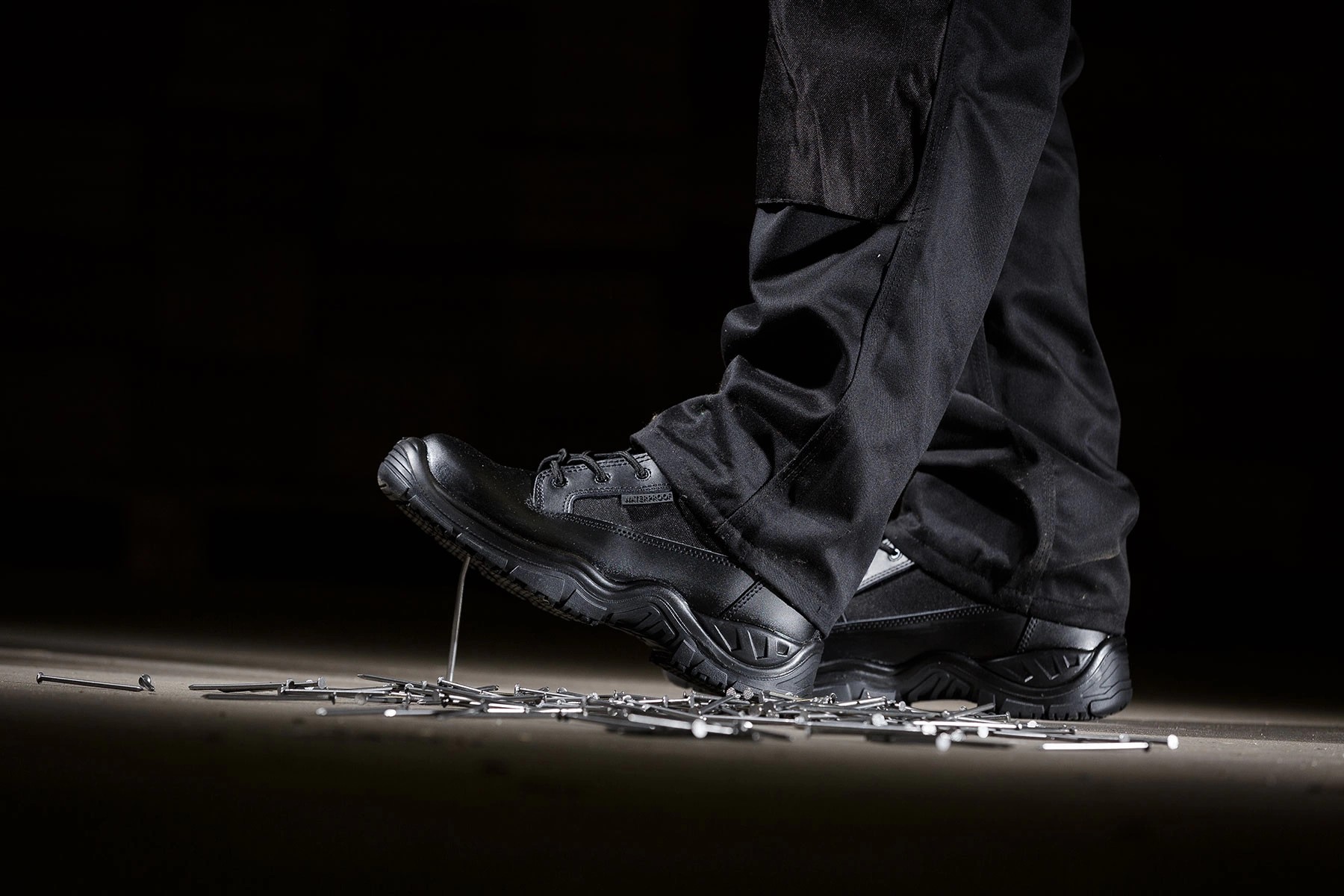
| 23 January 2023
Footwear comfort is heavily affected by the type of protective midsole you have. Which is the best for you?
READ POST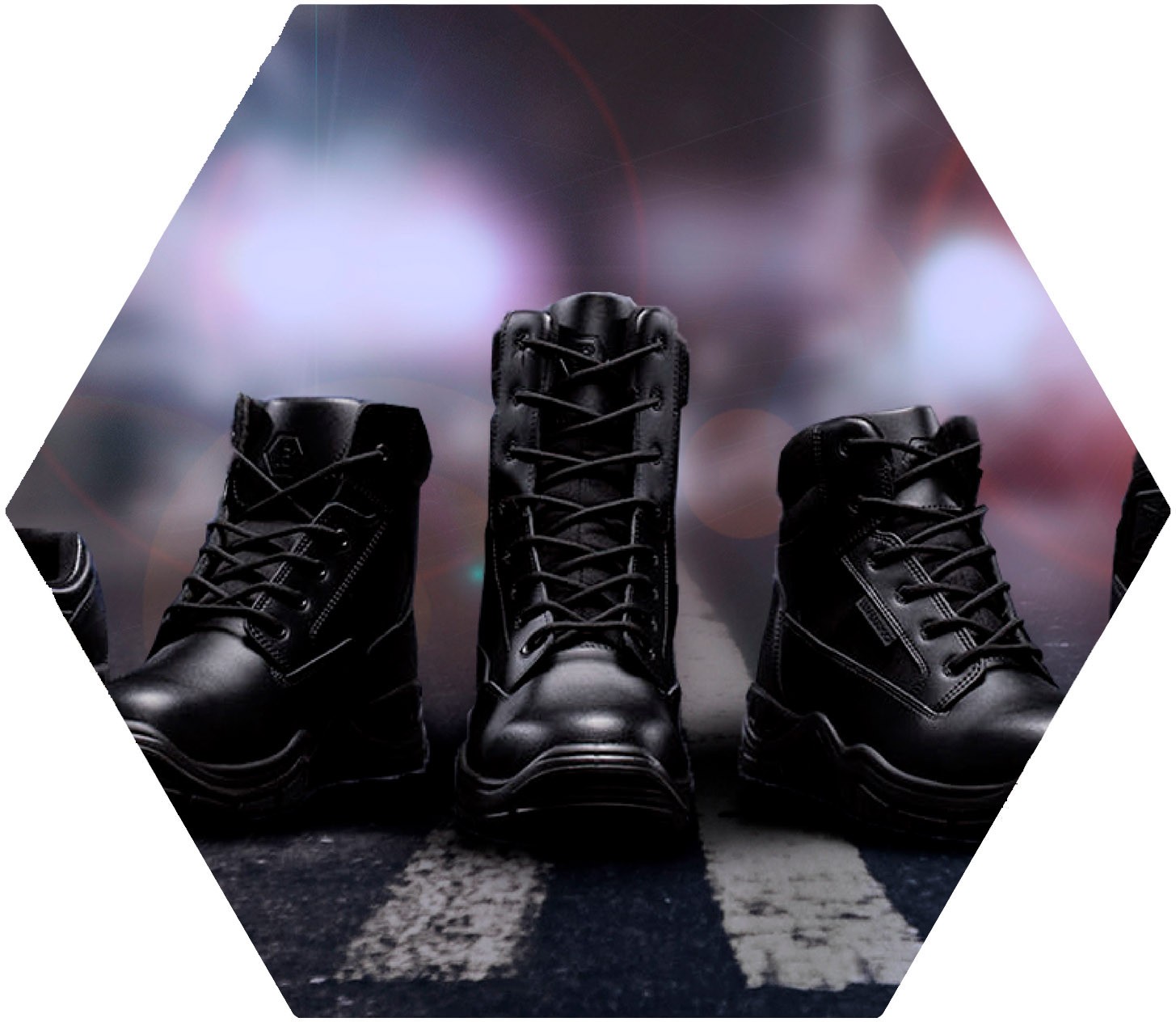
Editorial | 10 March 2021
Find out more about the newest additions to the Blackrock footwear range
READ POST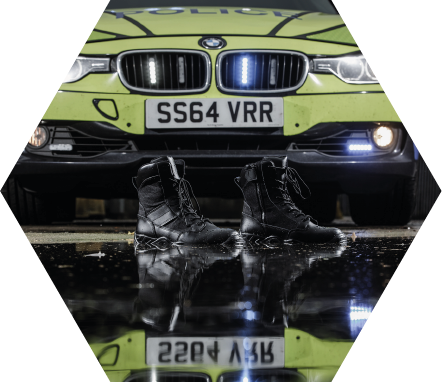
Editorial | 20 October 2021
We look at how the Tactical Footwear range stacks up against real world use by members of the police.
READ POST